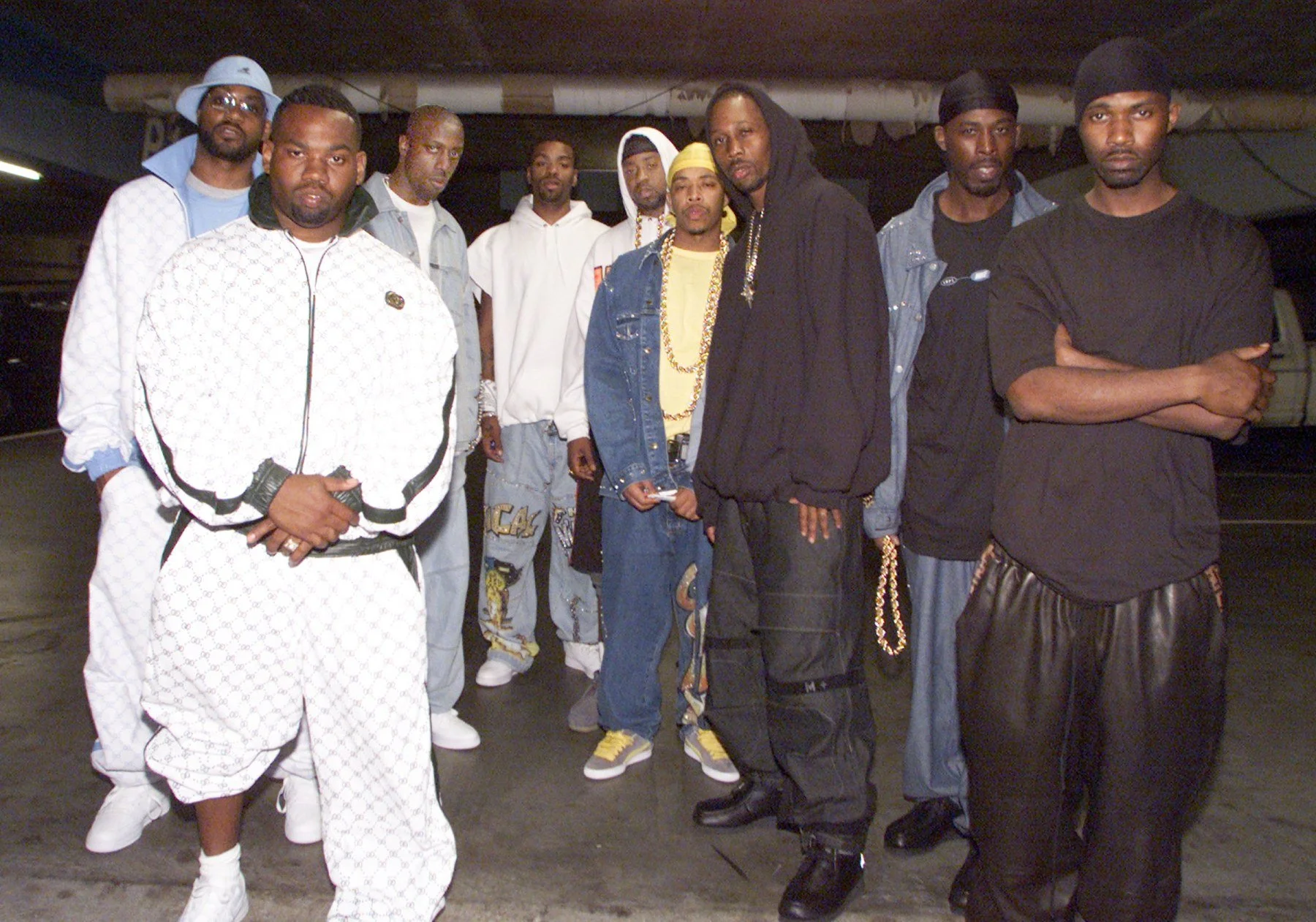Wu-Tang Clan — The W
From 1993 to 1997 Wu-Tang Clan went on a fantastic run of group and solo releases. However, by the turn of the millennium and their third album “The W”, people viewed Wu-Tang Clan passed their best.
What made me go back and listen to this album is that I learnt that this album is viewed as start of Wu-Tang’s decline. Talking to others who are older than me, I noticed that “The W” was seen as the first Wu-Tang flop. So it made me curious to go back and look at Wu-Tang Clan’s history. Just before the turn of the millennium, as the world was preparing themselves for Y2K, the world of music was becoming weary of the Wu members. It’s clear that the fascination around Wu-Tang was decreasing, after the critically acclaimed 1997 sophomore double album “Wu-Tang Forever”. The overflooding of Wu solo projects were tiring both fans and critics alike, especially since the albums were not up to par with earlier solo efforts (perhaps except for Ghostface Killah’s Supreme Clientele).
The first song off the album, “Chamber Music”, starts off with the numerous Kung Fu samples, which Wu-Tang fans would expect as they have been used on both collaborative and solo projects from the Clan. The track contains four well put together verses (from Raekwon, GZA, Method Man and Masta Killa respectively). However, though “The W” contains beautiful production from RZA, “Chamber Music” is not a reflection of that. The production on the intro is underwhelming and doesn’t capture my attention too much. RZA’s production on the album isn’t consistent, unlike in previous projects. Production highlights from the album are heard in songs such as “One Blood Under W” and “Hollow Bones”, were RZA beautifully samples Syl Johnson.
“Up in the boss game wilding, money for grabs I ain’t f***ing with crabs, out of state copped two labs”
One of the standout tracks from the album is “Careful (Click, Click)”. The track provides you grim scenery of gun shots in the background, whilst the Wu-Tang members provide verses filled with wordplay on New York street life. Besides from it’s beautifully sinister instrumental and yet again the fantastic verses, the chorus really stands out since it brings the whole song together and compliments both the verses and the production. Capadonna provides the best verse.
“Conditioner”, has an unlikely pair up between Wu-Tang’s most charismatic member, Ol’ Dirty Bastard and Snoop Dogg. Though unlikely it strangely works, as it contains ODB’s humorous rhymes for the first verse and Snoop providing his legendary laidback flow to RZA’s production. However, the best guest verse on “The W” is from Nas, as he outshines both Raekwon and Inspectah Deck on “Let My Ni**as Live”. Nas’ verse comes across as the second part to his work on Raekwon’s “Verbal Intercourse”, due to its sheer quality. As he starts his verse by calling himself the “Messiah”, “I’m God-son, son of man, son of Marcus Garvey”. Furthermore, he raps the harsh dark reality of life in Queensbridge, “the oxygen is cocaine, it drove lots of men to die with no name”.
“Wu-Tang is the CD that I travel with” Paulissa Moorman sings on the second to last track, “Gravel Pit”, which is the biggest single off the album. “Gravel Pit” provides a more upbeat and friendly tempo. It may not be on the level of other great Wu-Tang singles, such as “C.R.E.A.M.” and “Triumph”, however it’s still a song to add to the Clan’s greats.
In conclusion, I believe that fans are harsh to call this a flop or a bad album, however perhaps by Wu-Tang’s standards it is a flop. After all it is following up “Enter the Wu-Tang” and “Wu-Tang Forever”, two albums that are regarded as classics. During Wu-Tang’s tremendous run between 1993 to 1997, they set a bar so high for themselves, to the point were a decent album wasn’t good enough. On the other hand, I do believe Wu-Tang fans need to go back and listen to this album again, there are some underrated gems.



